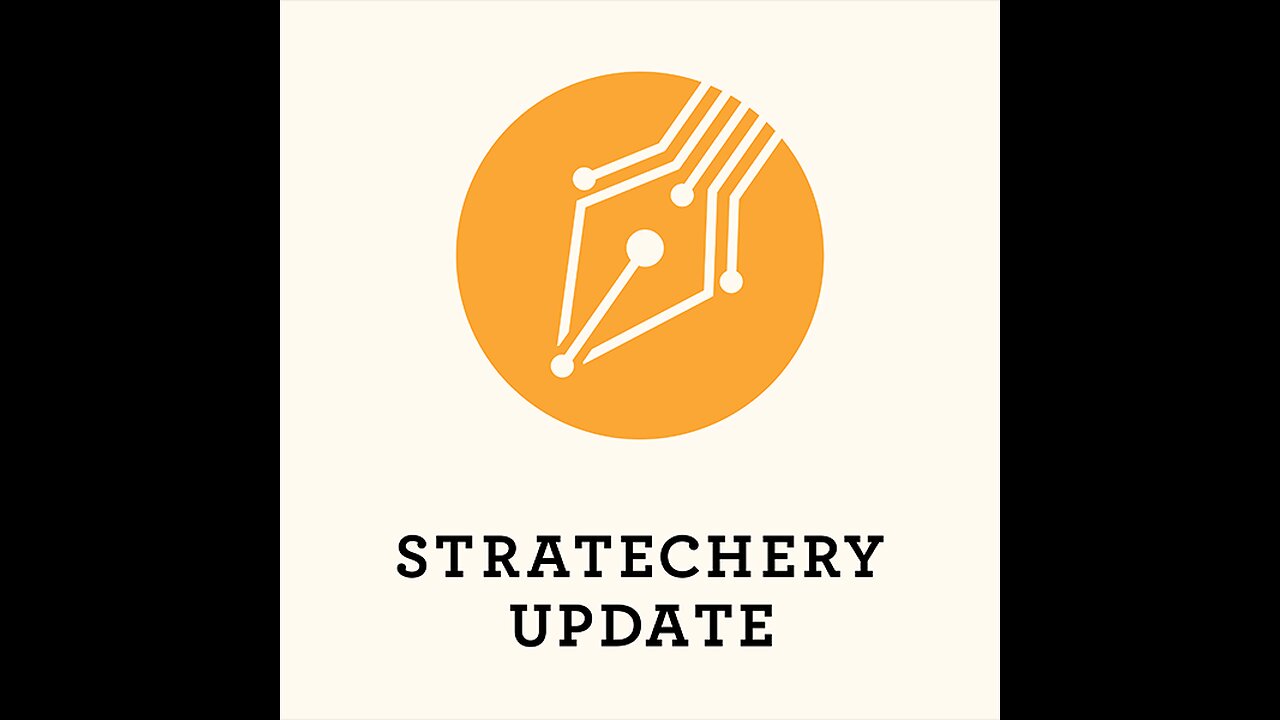Premium Only Content

Windows and the AI Platform Shift – Stratechery by Ben Thompson - Stratechery by Ben Thompson
🥇 Bonuses, Promotions, and the Best Online Casino Reviews you can trust: https://bit.ly/BigFunCasinoGame
Windows and the AI Platform Shift – Stratechery by Ben Thompson - Stratechery by Ben Thompson
Microsoft’s Build developer conference has a bit of an odd history, which I recounted in a 2016 Update: the conference was born in 2011 as a showcase for a completely new approach to Windows, but by its second iteration it had already become a symbol of corporate infighting and dysfunction. The next three iterations were mostly forgettable in their focus on Windows and Windows Phone. The turning point came in 2017; I wrote in another Update: Last week was Microsoft’s annual Build developer conference, and as usual, there were two keynotes over two days. What was interesting, and, I think, telling, was the order: for the first six years of the conference the first day’s keynote was dedicated to Windows and other consumer-facing products; day two was for Azure and Office 365. This year, though, the order was the opposite: Wednesday’s keynote was not only about Azure and Office 365, the first 30 minutes in particular were a genuinely compelling statement of vision by CEO Satya Nadella that, much like the schedule, put Windows firmly in the backseat. This was a step in The End of Windows, which I wrote about a year later: CEO Satya Nadella’s greatest achievement as CEO was transforming Microsoft’s culture away from its Windows-centricity, which, it should be noted, existed for a very good reason. From the conclusion: It’s important to note that Windows persisted as the linchpin of Microsoft’s strategy for over three decades for a very good reason: it made everything the company did possible. Windows had the ecosystem and the lock-in, and provided the foundation for Office and Windows Server, both of which were built with the assumption of Windows at the center. Office 365 and Azure are comparatively weaker strategically: Office 365 has document lock-in, but the exact same forces that weakened Windows in the first place weaken the idea of documents as well. It’s not clear why new companies in particular would even care. Azure, meanwhile, is chasing AWS, with a huge amount of business coming from Linux VMs that could run anywhere. Unsurprisingly, both are still benefiting from Windows: Office 365 really does, as Nadella noted in his retreat, work better on Windows, and vice versa; it is seamless for organizations that have been using Office for years to move to Office 365. Azure’s biggest advantage, meanwhile, is that it allows for hybrid deployments, where workloads are split between legacy on-premise Windows servers and Azure’s public cloud; that legacy was built on Windows. This, then, is Nadella’s next challenge: to understand that Windows is not and will not drive future growth is one thing; identifying future drivers of said growth is another. Even in its division Windows remains the best thing Microsoft has going — it had such a powerful hold on Microsoft’s culture precisely because it was so successful. That 2017 Build talked a lot about the “Intelligent Edge”; it was in 2018 that the vision of Microsoft Teams as Microsoft’s cloud OS started to appear. In 2019 Nadella’s keynote (and Stratechery Interview) were about being a platform company, with manifestations through the Power Platform, Microsoft 365, and Gaming (i.e. not Windows), a theme that continued over the last few years. The keynotes were all pretty good — Nadella has always been very effective at laying down an overarching vision that ties all of the announcement together — but there was always that missing piece: why would new customers or new companies ever get started with Microsoft in the first place?
Build 2023
Nadella had a different spring in his step at yesterday’s Build keynote; after greeting developers (yay for in-person keynotes!), this was his opening line: You know these developer conferences are special times, special places to be, especially when platform shifts are in the air. That was followed by a brief overview of the history of computing that placed AI as the continuation of a singular trend, and yet a step-change: Just to put this in perspective, last summer I was reading Mitchell Waldrop’s Dream Machine while I was playing with DV3, as GPT-4 was called then, and it just brought in perspective what this is all about. I think that concept of “Dream Machine” perhaps best communicates what we have really been doing over the last 70 ye...
-
 35:45
35:45
Stephen Gardner
14 hours ago🔴BREAKING: Election Auditor EXPOSES Democrat Election Fraud Evidence!
39.3K58 -
 15:48
15:48
Sponsored By Jesus Podcast
18 hours agoHow to Stop Being JEALOUS | When Comparison Steals Your Joy
12.9K11 -
 3:56:59
3:56:59
DLDAfterDark
8 hours ago $12.74 earnedDon't Worry - Things Will Get SO Much Worse! Sometimes It Be Like That
27.1K6 -
 25:41
25:41
Robbi On The Record
14 hours ago $3.81 earnedThe Billion-Dollar Lie Behind OnlyFans “Empowerment” (Her Testimony Will Shock You) | part II
16.9K12 -
 12:22
12:22
Cash Jordan
6 hours ago"CHICAGO MOB" Fights Back... "ZERO MERCY" Marines DEFY Judge, SMASH ILLEGALS
33.9K46 -
 46:58
46:58
Brad Owen Poker
18 hours agoI Make QUAD ACES!!! BIGGEST Bounty Of My Life! Turning $0 Into $10,000+! Must See! Poker Vlog Ep 323
19.9K7 -
 2:52:28
2:52:28
TimcastIRL
9 hours agoSTATE OF EMERGENCY Declared Over Food Stamp CRISIS, Judge Says Trump MUST FUND SNAP | Timcast IRL
252K144 -
 3:22:45
3:22:45
Tundra Tactical
16 hours ago $21.16 earned🚨Gun News and Game Night🚨 ATF Form 1 Changes, BRN-180 Gen 3 Issues??, and Battlefield 6 Tonight!
46.6K6 -
 1:45:13
1:45:13
Glenn Greenwald
12 hours agoJD Vance Confronted at Turning Point about Israel and Massie; Stephen Miller’s Wife Screams “Racist” and Threatens Cenk Uygur with Deportation; Rio's Police Massacre: 120 Dead | SYSTEM UPDATE #540
122K169 -
 9:05:24
9:05:24
SpartakusLIVE
9 hours agoSpart Flintstone brings PREHISTORIC DOMINION to REDSEC
41.2K10